InWin 909 E-ATX Aluminium & Tempered Glass Review
Peter Donnell / 9 years ago
Complete System
Installing any component within the 909 really couldn’t be easier, there’s just so much room to work with that you’re unlikely to ever run into compatibility issues here. The only thing that did bug me was that the motherboard standoffs aren’t pre-installed, but that’s hardly a deal-breaker, and only took about five minutes to sort out.
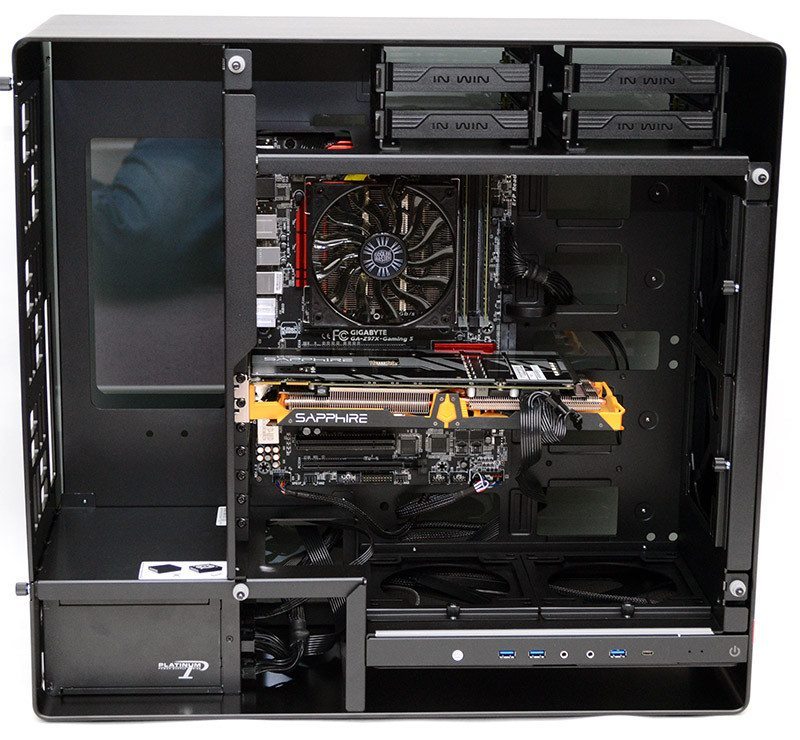
The Sapphire R9 270X is a very long graphics card, it’s the main reason we use it for our chassis reviews! Yet in the 909 there’s a laughable amount of room to spare in the front of the chassis for a bigger card, but this also means you’ve still got enough room for extra fans and radiators without major concern for space.
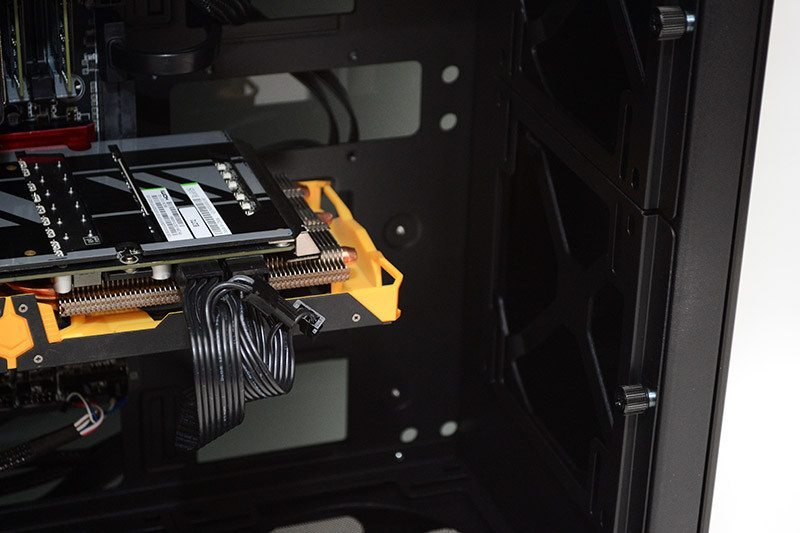
The cable routing is a little hard to get to grips with here, but with a little care and no doubt some cable ties, cable combs and even braided cables you could make your life a lot easier and your build a lot more presentable. The large pass-through holes make it easy to install, but just that little bit harder to hide excess.
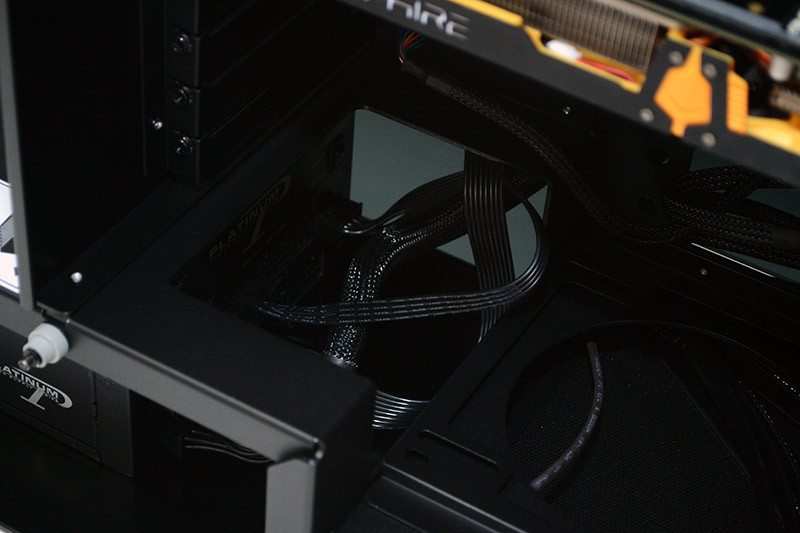
The cable routing holes are not very well placed here, and I ended up using one of the 2.5″ drive cutouts instead, it gets the job done, but again I can’t stress the fact you’ll want very nice looking cables if you’re going to have more cable travel on show , and this will, of course, vary based on the motherboard form factor you are using.
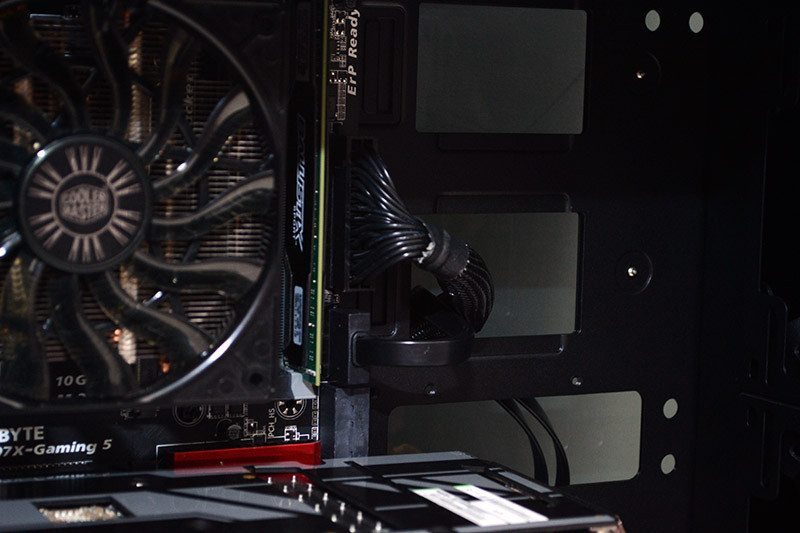
There’s enough room for many of the larger enthusiast grade power supplies, as well as a bit of wiggle room to help you connect/disconnect any modular cables.
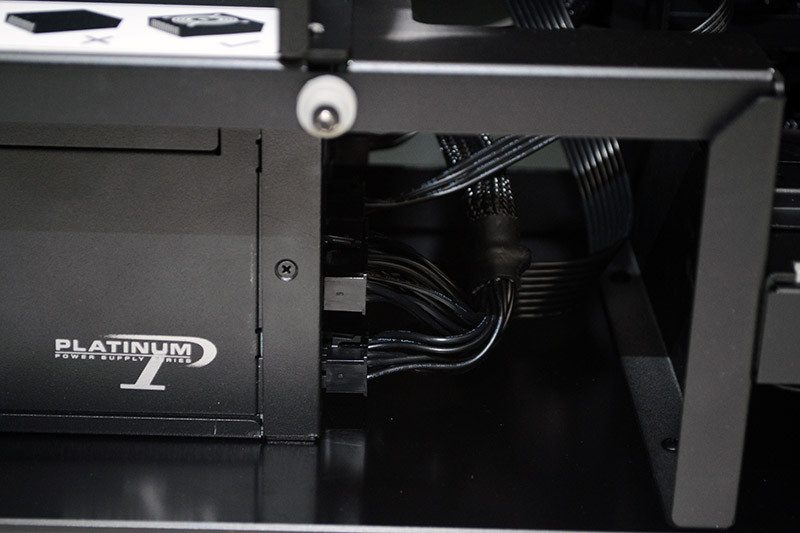
There’s enough clearance for enthusiast air coolers, as well as a radiator or fan here on the first backplate, or water tube pass-through to the second backplate.

Other little details that stand out to me are the inclusion of high-quality screws for the PSU, helping keep the premium look, even for the little details.
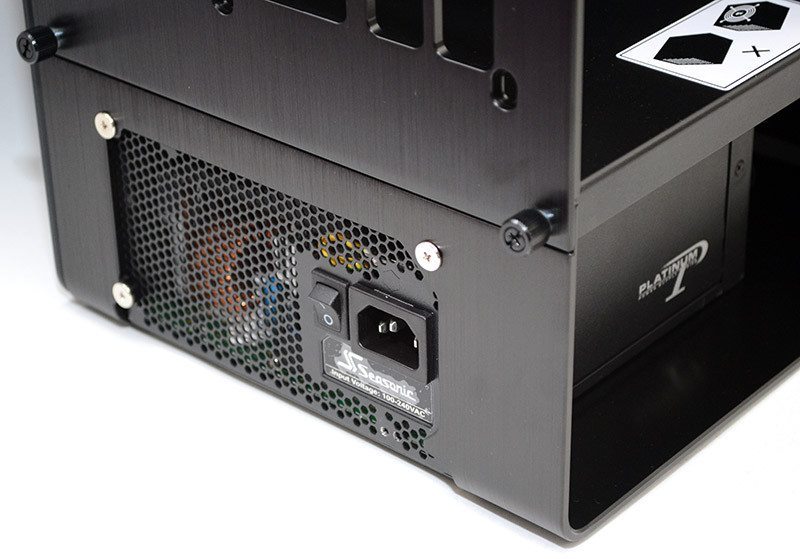
Overall this is a mighty looking chassis that’s going to be great for a premium system build. So let’s get that side panel on and see how things look when the power is turned on.
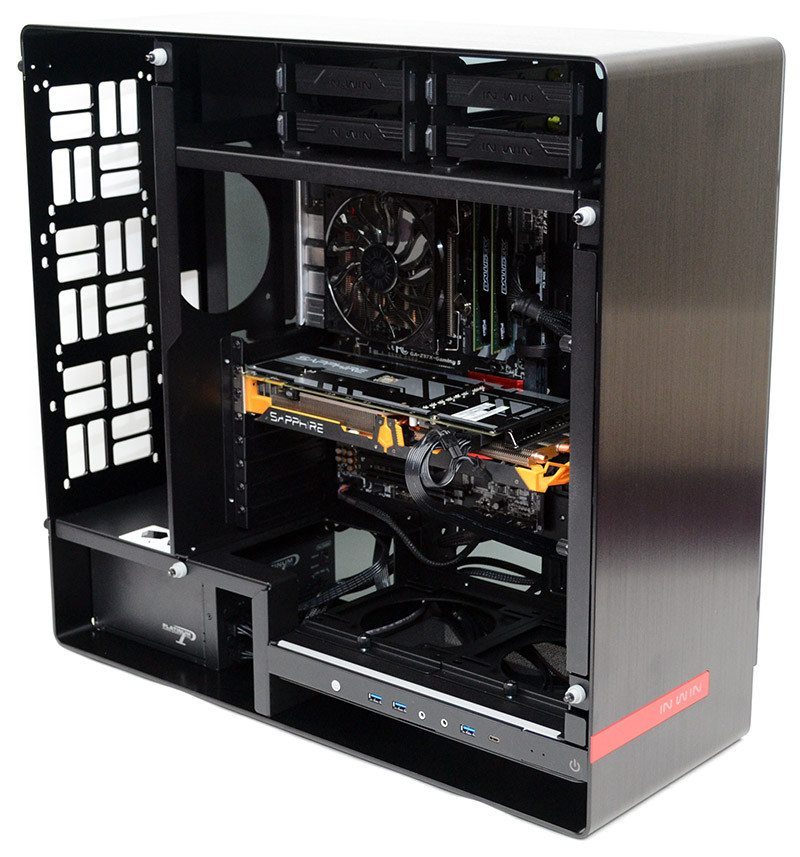
With the window in place, you can see how the heavy tint only allows a bit of light to pass through, particularly from the window on the other side and the rear ventilation.

It does mean that you pick up quite a lot of reflections when there’s no internal lighting on in the chassis, so playing around with aftermarket lighting solutions could add some interesting dynamics here.
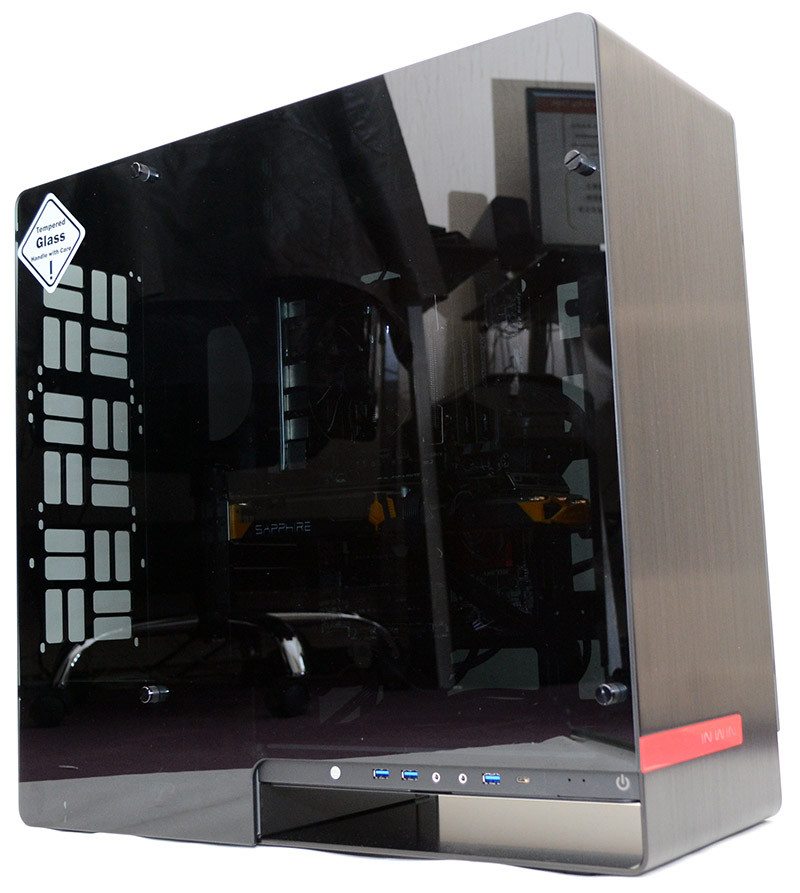
Even from the right side, you can see through much of the chassis, but the tint combined with the black interior does a nice job of hiding much of the cable routing.

Powered up, you can immediately see the red LED lighting strip on our motherboard illuminated on the interior, as well as the Sapphire logo on our graphics card. It’s actually a little more clear than this in real life, but my camera was far more excited about the reflections, as it is a very sunny and bright day at eTeknix HQ.
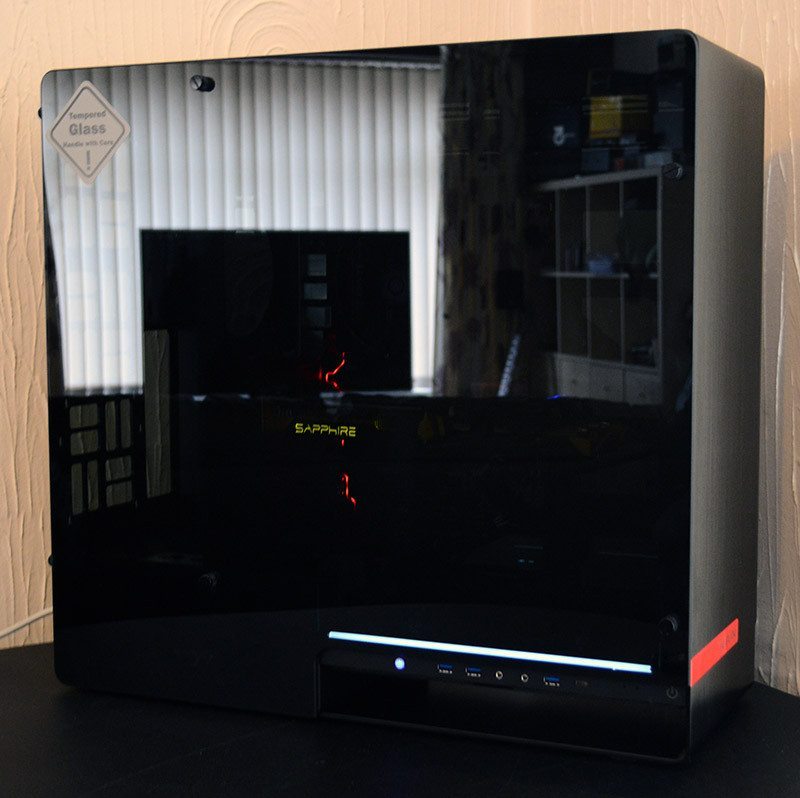
There’s a white LED strip above the side I/O panel, however, there’s a light switch (which also lights up) to disable this if you wish.
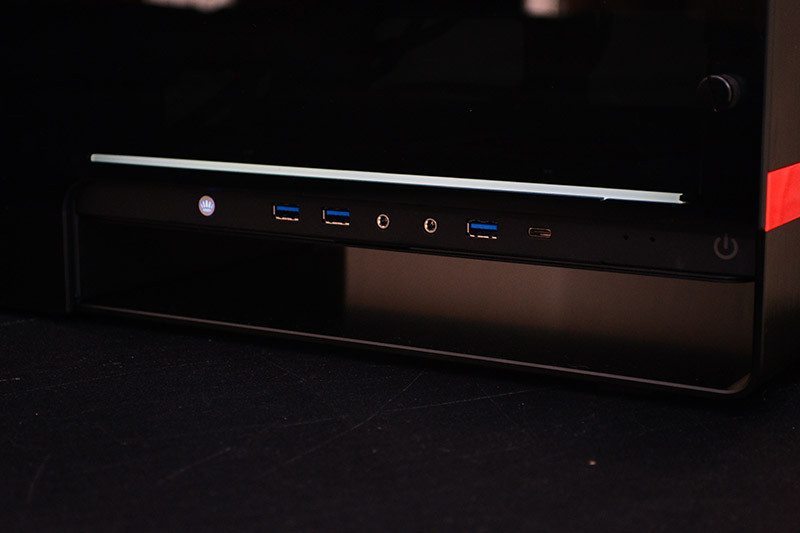
It’s just a really nice touch that I can see this even in a bright room. Get the lights dim and any LED lights inside your chassis are going to give a warm glow to the system interior and bring out all the unique details within the chassis.




















